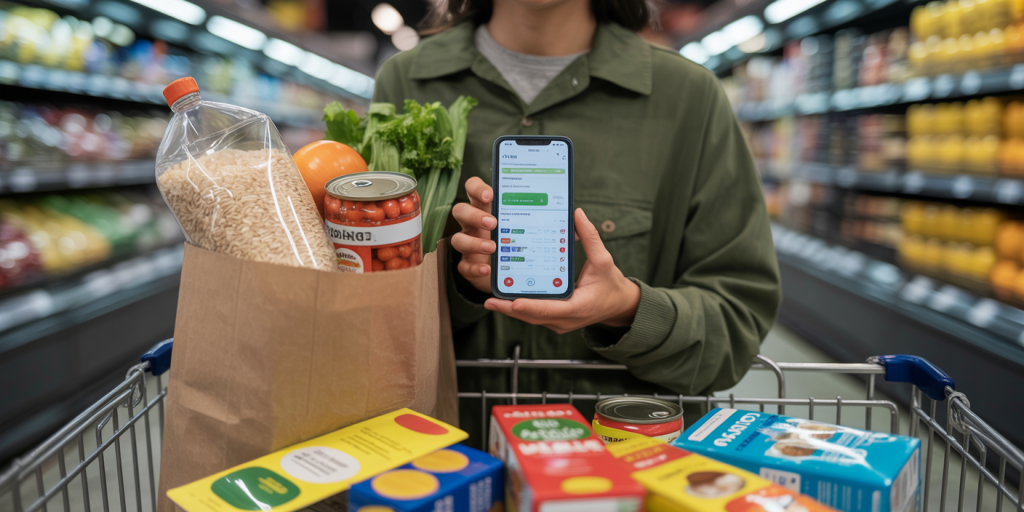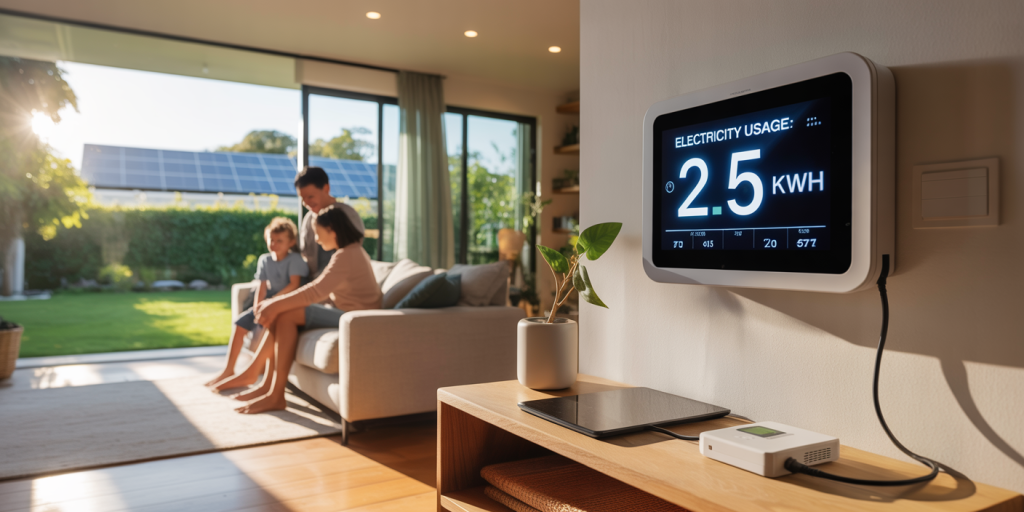In today’s fast-paced world, managing finances wisely has become more important than ever. Many people seek ways to stretch their income without compromising on quality of life. Frugal living is a practical approach that helps individuals save money, reduce waste, and lead a more sustainable lifestyle. By adopting simple yet effective habits, households can cut unnecessary expenses and accumulate significant savings over time.
Recent studies reveal that over 60% of Americans live paycheck to paycheck, emphasizing a dire need for improved money management strategies. Frugal living offers solutions that go beyond mere penny-pinching; it encourages mindful spending and long-term financial planning. The following 25 tips are designed to help you reduce costs substantially—whether on groceries, energy bills, or everyday purchases—without sacrificing comfort or convenience.
Smart Grocery Shopping Strategies
Food expenses make up a large portion of any household budget, averaging about 10-15% of monthly income according to the USDA. One of the most effective ways to save big is by smart grocery shopping. Start by planning your meals for the week and making a detailed shopping list. This limits impulse purchases that often inflate grocery bills.
Another valuable technique is buying in bulk, especially for non-perishable items such as rice, beans, or canned goods. Wholesale stores such as Costco and Sam’s Club offer products at significantly reduced unit prices. For example, buying a 10-pound bag of rice can cost 20-30% less per pound than small packages from regular stores. Comparing prices across stores using apps like Flipp or Basket can highlight the best deals in your area.

Using coupons and cashback offers further enhances savings. According to a survey by Inmar Intelligence, shoppers who use digital coupons save on average 16% off their grocery bill. Combining coupons with store promotions can lead to remarkable discounts on everyday essentials. Additionally, consider purchasing store brands, which often match national brands in quality but cost considerably less.
| Grocery Item | Regular Price (per lb) | Bulk Price (per lb) | Savings % |
|---|---|---|---|
| Rice | $1.50 | $1.10 | 27% |
| Canned Tomatoes | $1.20 | $0.85 | 29% |
| Peanut Butter | $3.50 | $2.50 | 29% |
Energy Conservation at Home
Energy bills are another significant monthly expense for most households, with the U.S. Energy Information Administration reporting that average residential electricity use costs around $115 per month. Reducing energy consumption through frugal practices can shrink these costs dramatically.
Simple habits like turning off lights when rooms are unoccupied, unplugging electronics, and using energy-efficient LED bulbs can cut electricity usage significantly. For example, the Department of Energy estimates that replacing incandescent bulbs with LEDs saves about $75 per year in energy costs per 10 bulbs. Another impactful step is to optimize thermostat settings; lowering the thermostat by 7-10 degrees for eight hours a day can reduce heating costs by up to 10%.
Investing in smart power strips and programmable thermostats helps automate energy conservation. Smart strips reduce vampire power drain, where devices draw energy even when turned off. Installing solar panels is a longer-term investment but can yield substantial returns, with the average homeowner saving $1,000 annually on electricity bills after installation costs are recovered.

Transportation Savings and Alternatives
Transportation expenses, including gas, maintenance, and insurance, contribute significantly to household spending. According to AAA, the average cost to own and operate a vehicle exceeds $9,500 per year. Incorporating frugal strategies in travel can reduce this burden.
Carpooling is one effective method that not only shares fuel costs but also minimizes wear and tear on vehicles. Many employers offer incentives for carpooling, including preferred parking spots. Public transportation is another cost-effective alternative; on average, monthly transit passes cost less than half of monthly vehicle expenses.

For short distances, biking or walking not only saves money but improves health. Using fuel-efficient or hybrid vehicles also reduces gasoline expenses. When purchasing a car, consider total cost of ownership rather than just the sticker price. Maintenance costs, fuel economy, and insurance should factor into decisions.
| Transportation Mode | Average Cost (Annual) | Savings (vs. Personal Car) | Notes |
|---|---|---|---|
| Personal Vehicle | $9,500 | – | Includes depreciation, fuel |
| Public Transit | $1,200 | $8,300 | Cost varies by city |
| Carpooling | $5,000 | $4,500 | Based on shared fuel expenses |
| Bicycle | $500 | $9,000 | Includes maintenance and gear |
Thrifty Entertainment and Dining
Entertainment and dining out can rapidly deplete budgets if left unchecked. Fortunately, there are several ways to enjoy leisure activities frugally. Opting for home-cooked meals instead of eating out regularly can save hundreds of dollars monthly. Cooking at home not only reduces food costs but also allows portion control and healthier choices.
Streaming services have largely replaced cable TV in many households, and consolidating subscriptions can slash entertainment expenses without missing out on favorite shows. Community events, parks, and museums often offer free or low-cost options for recreation and cultural enrichment. Joining local groups or clubs provides social engagement without costly outings.
Consider cost-effective hobbies such as reading, gardening, or crafting. Used bookstores and thrift shops provide materials inexpensively. Utilizing discount sites like Groupon for occasional outings also ensures you get more value for entertainment dollars.
DIY Maintenance and Repairs
Home and vehicle maintenance can be costly when relying solely on professionals. Learning to perform basic repairs yourself is a powerful frugal strategy. Simple tasks such as fixing leaky faucets, changing air filters, or patching drywall can be done with minimal tools and instructional videos available online.
For vehicles, routine oil changes and tire rotations are easy to do at home and help prevent more expensive repairs later. Maintaining equipment regularly increases longevity and avoids costly emergency repairs. According to Angie’s List, the average home repair cost can range from $150 to $1,000 depending on the issue, so preventive actions pay off.
When hiring professionals, obtain multiple quotes and read reviews to ensure quality and competitive pricing. Sometimes local vocational schools offer repair services at discounted rates performed by supervised students. Pooling resources with neighbors or friends for bulk repairs or shared tools can also reduce costs.
The Future of Frugal Living: Embracing Sustainability and Innovation
As financial pressures continue to evolve, frugal living is likely to become even more intertwined with sustainability and technological innovation. With environmental concerns growing, many consumers prioritize not only saving money but also reducing carbon footprints. The rise of smart home technology promises further energy-saving opportunities. Devices such as smart meters, efficient water heaters, and AI-enabled thermostats optimize resource use and cut bills.
Communities are expected to support more sharing economies through platforms that encourage car sharing, tool libraries, and cooperative buying. This collectivized approach amplifies savings and fosters social connections. Furthermore, increased availability of renewable energy solutions will enable households to decrease dependency on costly grid electricity.
Financial apps powered by artificial intelligence can provide personalized budgeting advice to identify wasteful spending patterns and suggest tailor-made frugal tactics. As frugality increasingly meshes with digital tools and green initiatives, individuals stand to gain more control over finances and contribute positively to global sustainability efforts.
This comprehensive set of 25 frugal living tips offers practical guidance for anyone determined to improve their financial health. By incorporating these strategies into daily routines, families and individuals can achieve substantial savings, reduce stress related to money, and pave the way for a more secure economic future. The choices made today influence not only personal wallets but also the broader community and environment—underscoring that frugality is an investment with wide-reaching benefits.

Deixe um comentário